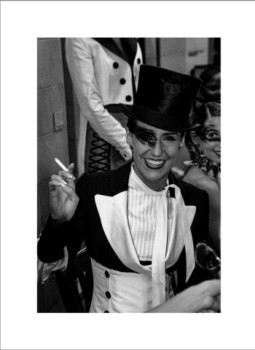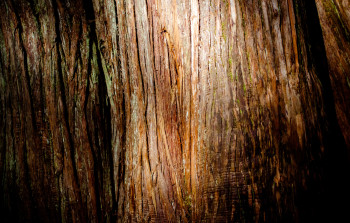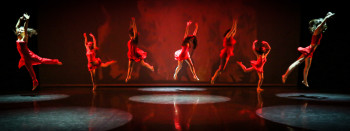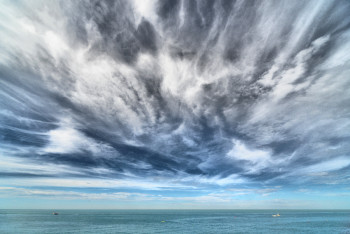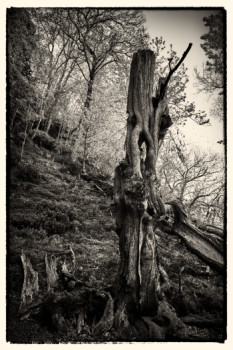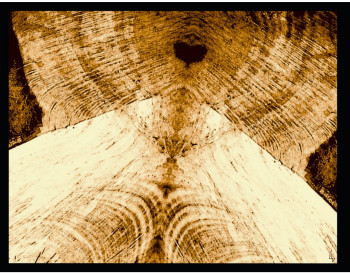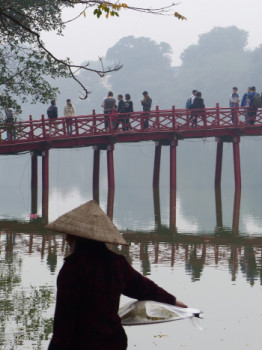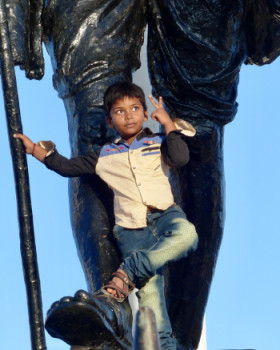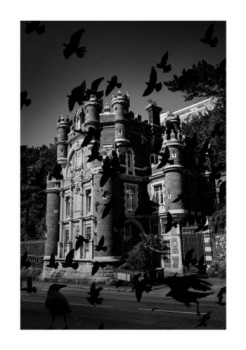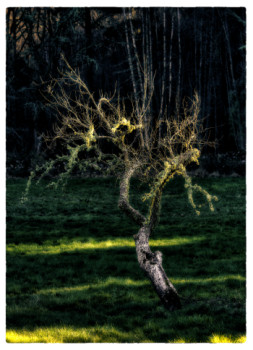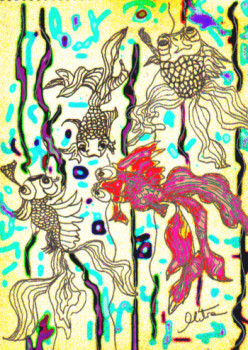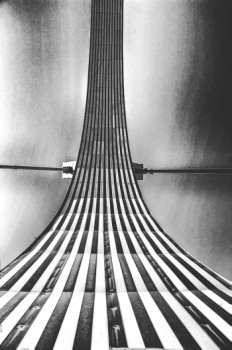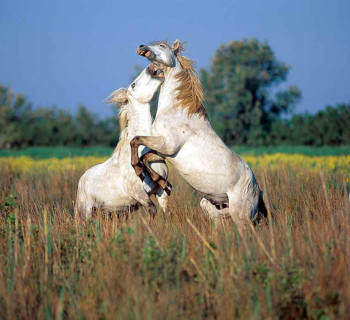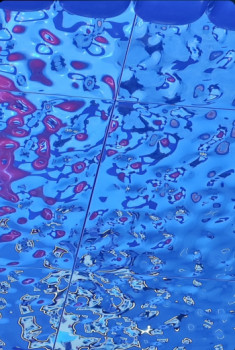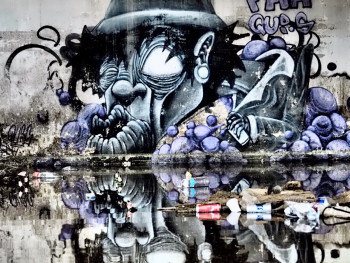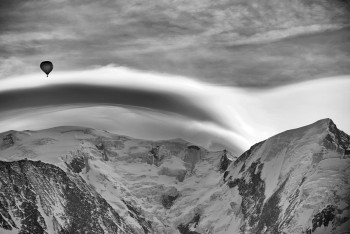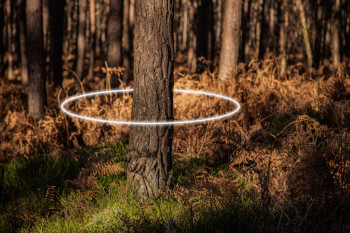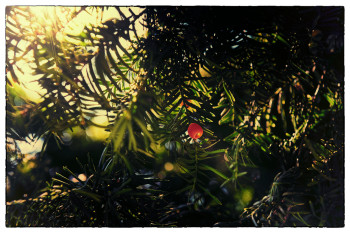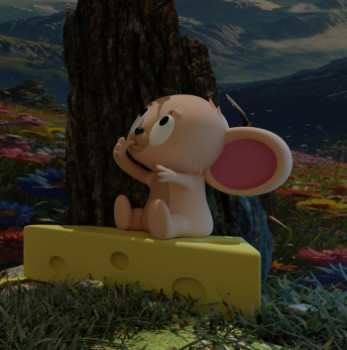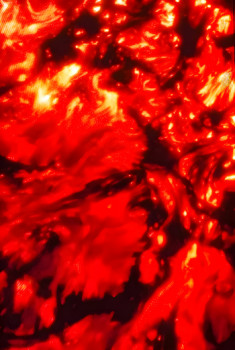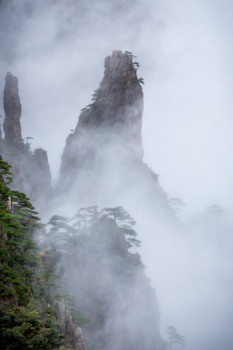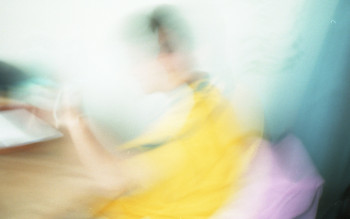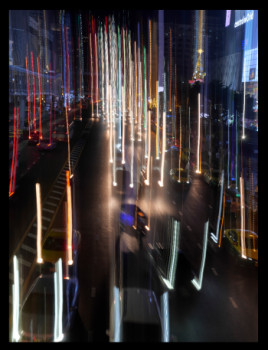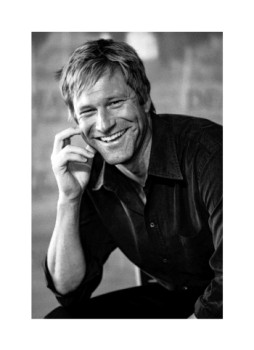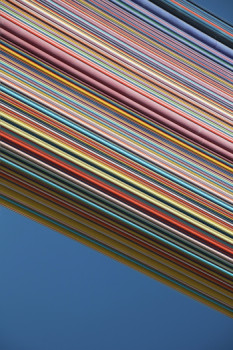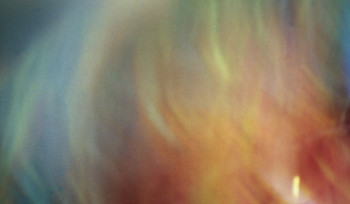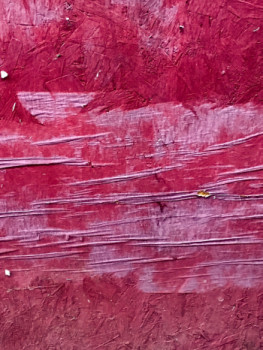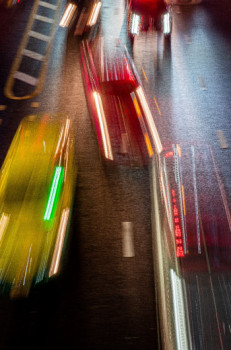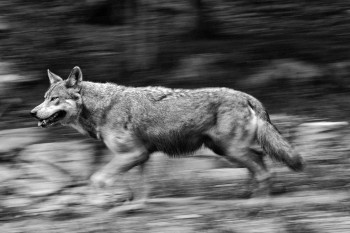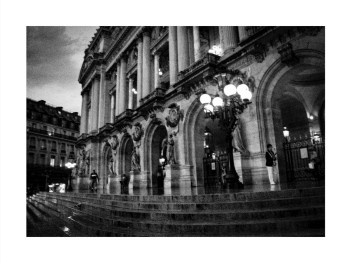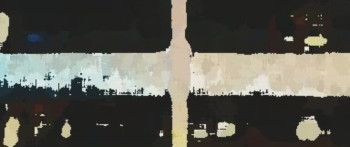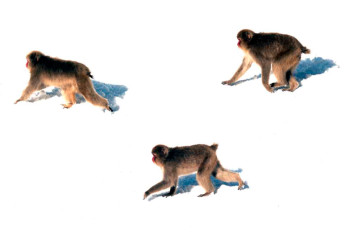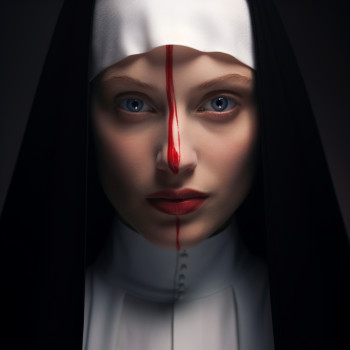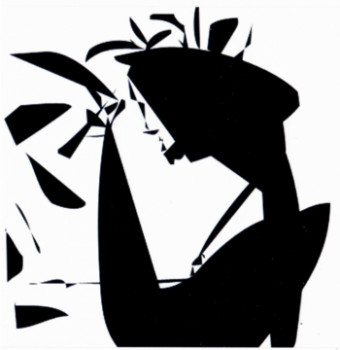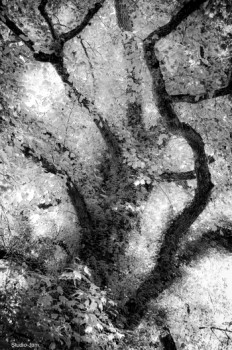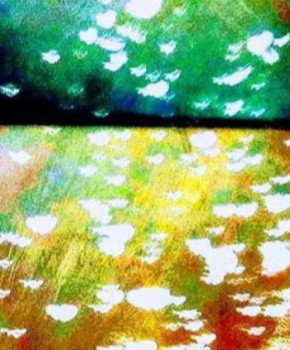
Digital Photography
The history of photography in a few words
An Iraqi scientist created the first camera in history, the camera obscura, at the beginning of the 11th century. The first surviving photograph was taken in 1826 by a French photographer, Joseph Nicéphore Niépce, who used a portable camera obscura to capture the iconic image known as "The Bold's Point of View".
It was not until almost 150 years after Niépce's photograph that digital cameras were invented. During this period, the field of photography progressed. and changed from a highly technical profession whose mastery required substantial training to a professional career. something that anyone, with the right tools, could do anywhere. Digital photography takes it a step further, enhancing the art form for professionals while putting high-quality images in the spotlight. available to the general public.
So, what is the history of digital photography, and how did we get here? ? Here's a quick and fascinating overview of the history of digital photography as we know it today.
When was digital photography introduced? invented?
To capture stunning digital images, you don't need to be a rocket scientist, but you can. took one to get us here.
Eugene F. Lally, of NASA's Jet Propulsion Laboratory, was the pioneer of digital photography in 1961, when he was trying to convert light signals so that astronauts could take sharper photos and therefore better determine their position in space.
At that time, and for many decades thereafter, photography was done on film (an effective method, but one that did not produce the rapid results that Lally wished). Unfortunately for Lally, the first film-less camera wouldn't be produced for another 15 years, but his early ideas, including the idea of using photo sensors instead of film to collect images, were successful. ;summer important for its development.
A number of other improvements have been made. brought to you digital photography in the years following the creation of the digital camera, many of which were similarly linked toimproving space photography.
The origins of digital photography cannot be attributed to a single year or innovation. On the contrary, digital images are the result of the collaboration of many professionals over many years to achieve similar goals. And it's thanks to For all their efforts, digital photography exists today, even though most of us don't use it to photograph the stars.
Some information about the digital camera
With all this research and data around digital photography, we are not yet at the first digital camera.
The innovation of the digital camera has not only transformed the world; space photography, but also photography as a whole. The creator of the digital camera, as for he comes from a company that one might expect to see mentioned here: Kodak.
When was the digital camera released? invented ?
Steven Sasson, an Eastman Kodak engineer, created He introduced the digital camera in December 1975.
The first digital camera, which weighed about 3 kg and measured 3.5 lbs. Roughly the same size as a normal printer, is not exactly the physical prototype of the cameras we see today, at least not from the outside. However, it was a revolutionary device, using CCD (Charge Coupled Device) chips and 16 batteries to allow it to operate. allowed the user to take digital photos (a process which, at the time, took 23 seconds per photo). These chips are still used today as image sensors.
How digital cameras work
Every camera takes photos by capturing light and darkness. Digital cameras transform light into electrical signals, unlike digital cameras. film, which print the fluctuations of light on a piece of film. These signals divide the image into millions of individual pixels, each of which a string of numbers assigns a color and brightness. The end result is a set of digital "directions" that can be read and used to reconstruct the image on a computer screen. It also allows you to use editing tools to modify the generated image.
The light sensor is the most important component of a digital camera, as it is responsible for generating the signals above-mentioned electrical equipment. The light sensor in a digital camera can be either the CCD chips used by Sasson in the first digital camera or a Complementary Metal-Oxide-Semiconductor (CMOS) image sensor. ), which was created in the 1960s but was never released. generally accessible only in the 1990s.
What are the two main types of digital photography?
Regarding dual-lens digital cameras, For civilian use, modern digital photography can be divided into two types: photography with small digital cameras and photography with high-end digital cameras.
The first type of photography is extremely accessible and practical, bringing the power of digital imaging to life. within reach of all amateur photographers.
Professional photographers, for the most part, use high-end digital cameras. These are stand-alone devices with a plethora of technological capabilities and settings that enable high-resolution digital photography. Compact digital cameras have steadily improved over time, but they are rarely comparable in terms of total performance.
